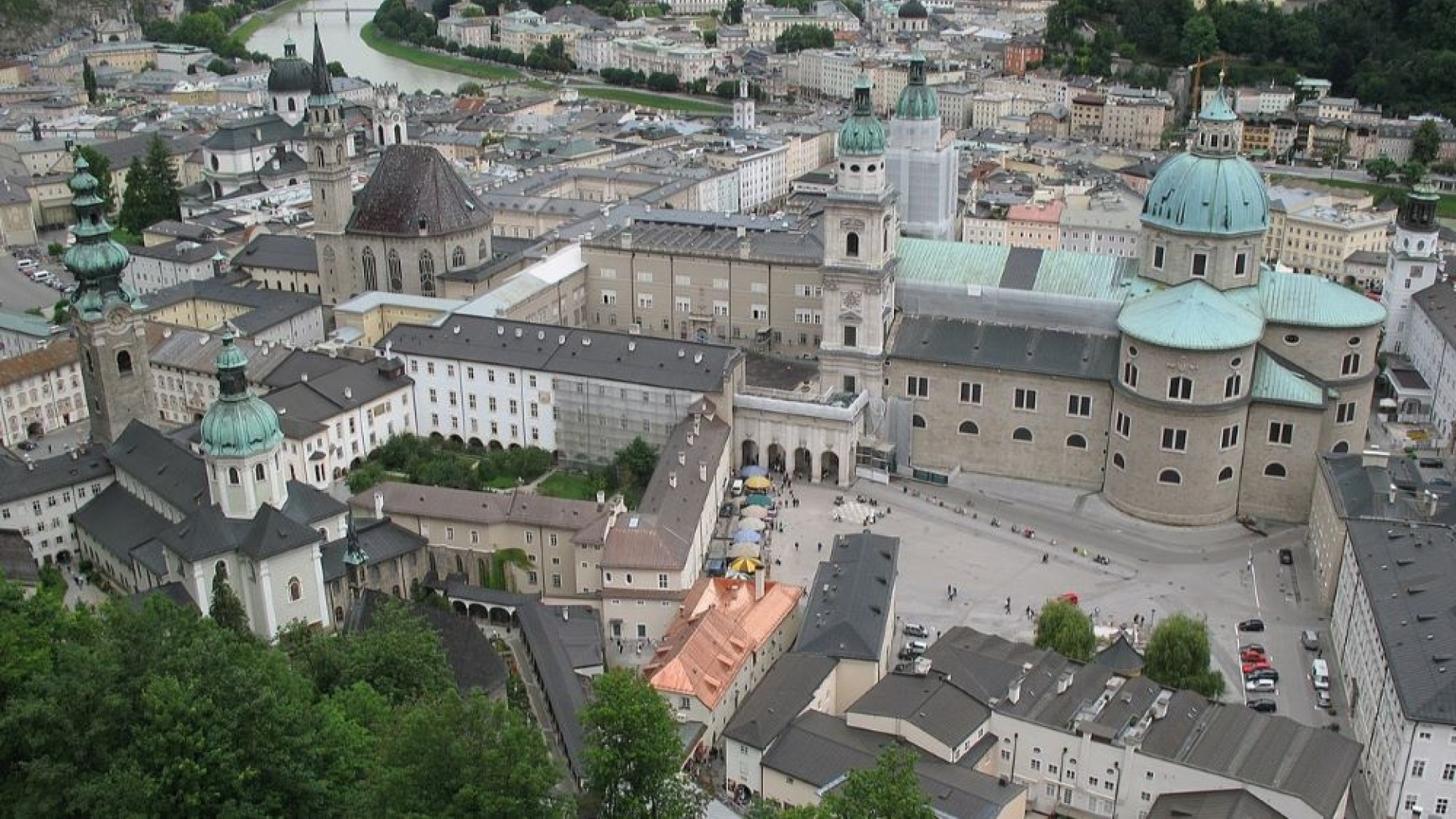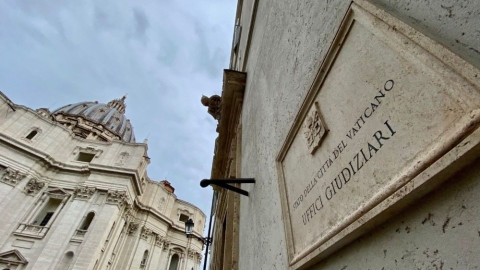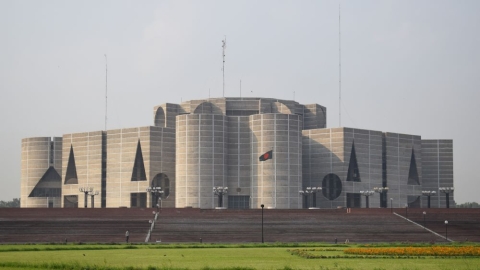The Church 2.0 of Cardinal Walter Kasper

St. Peter’s Abbey in Salzburg on the left, the cathedral on the right
A radical reform of ecclesiology is what Cardinal Walter Kasper wants to see taken up by the Church in the wake of the Synod on Synodality.
On April 10, 2024, the Archabbey St. Peter in Salzburg (Austria)--the oldest Benedictine monastery of the German-speaking world--swarmed with curious people who came to listen to the introductory conference given by a distinguished guest as part of the symposium “Cardinals and Benedictines.”
Cardinal Kasper, who defends a progressive line of interpretation of the Second Vatican Council (which once set him in opposition against Cardinal Josef Ratzinger) had titled his talk, “Cardinals in the Service of the Church and the Papacy.”
The cardinal, who played a major role during the last two conclaves--but is now deprived of his power to vote due to his age--remains a voice listened to by the current Roman Pontiff. According to him, the Synod on Synodality would be the opportunity to restore the cardinals to their true place.
The former bishop of Rottenburg-Stuttgart believes that, within the framework of the Synod, a major movement of decentralization of the Church was launched by Pope Francis. Also, a new step should be taken toward the reform of the College of Cardinals, in the sense of a so-called return to the sources.
From this perspective, a new prerogative would be attributed to the cardinals: that of presiding over the plenary councils in the regions they are from. This would establish a sort of bicameral system in the government of the Church, composed of the Synod of Bishops and of the Council of Cardinals. This has never been seen in the History of the Church.
A Very Doubtful Report
Studies agree that the origin of the cardinals in the presbyterium, the assembly of priests and deacons assisting and counseling the bishop in the management of his flock. St. Ignatius of Antioch mentions it as “the Senate of the bishop,” to which the faithful must respect since it represents the bishop.
The Bishop of Rome was himself also surrounded by a presbyterium. But, “from the similarity of origin and from the fact that the name of cardinal was common to the high Roman clergy and to the high clergy of other episcopal cities, it would be wrong to conclude,” clarifies the Dictionary of Catholic Theology, “that identical prerogatives responded in both cases.”
“The designation of Pope was formerly given indistinctly to all bishops and it was never occurred to any Catholic to put them all, for this reason, on the same rank. This is the case with the name of cardinal: it was initially generic and did not in itself imply any precise role; no uniform degree of power; its exact value was determined according to circumstances.
“The cardinals of a particular diocese other than that of Rome only could have been able to receive from their bishop a share of his power contained within the limits of this diocese; but the dignitaries associated by the Supreme Pontiff with the administration of the affairs which fell to him necessarily acquired a power and an influence extending to the entire Church.”
These authorized lines are enough to call into question the historical validity of this “bicameralism” that Cardinal Kasper defends, and which would dilute the authority of the Roman Pontiff.
“Let us hope that we will keep Francis for a few more years, and that his successors will accomplish his reforms,” Cardinal Kasper stated. It is a conclusion heavy with uncertainties, which suggests that progressivism is still far from having won and that the next conclave remains the election of all possibles, with the benevolent grace of the Holy Spirit.
(Sources : katholisch.de/DTC – FSSPX.Actualités)
Illustration : Andrew Bossi, CC BY-SA 2.5, via Wikimedia Commons





